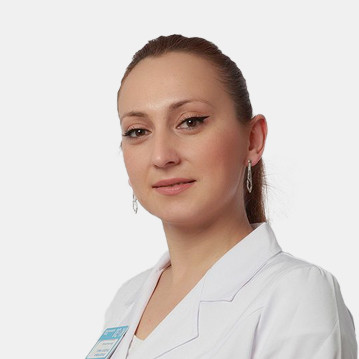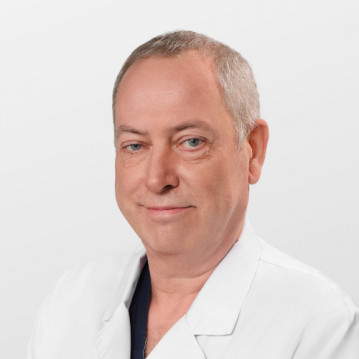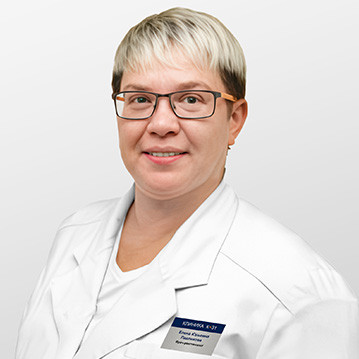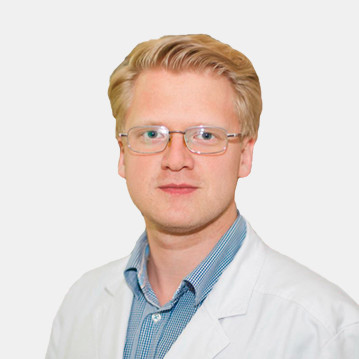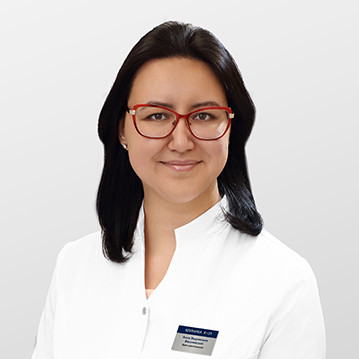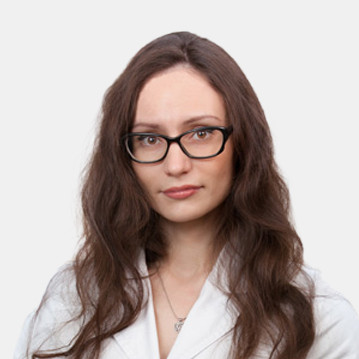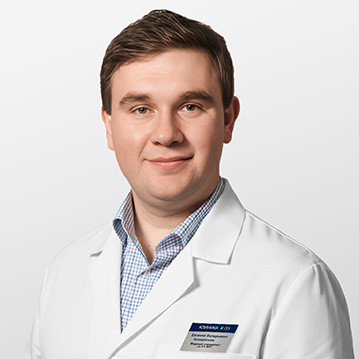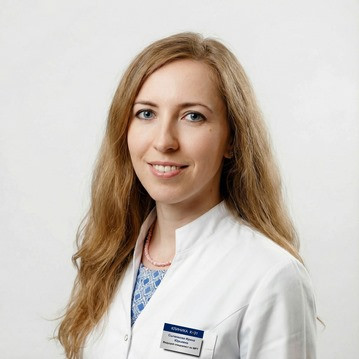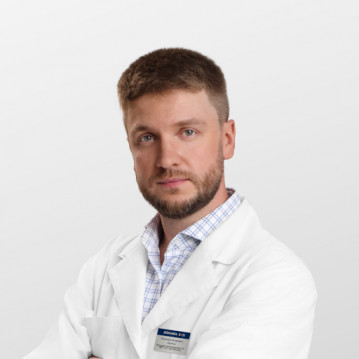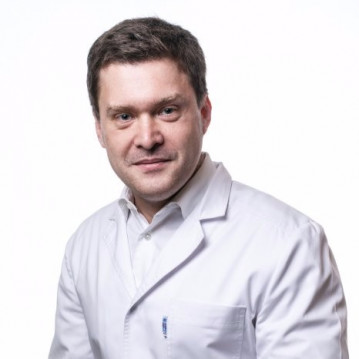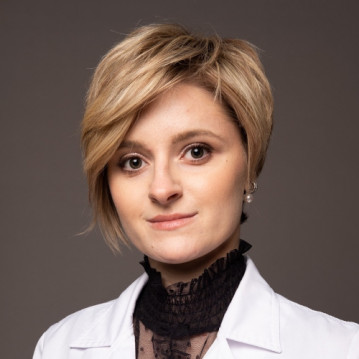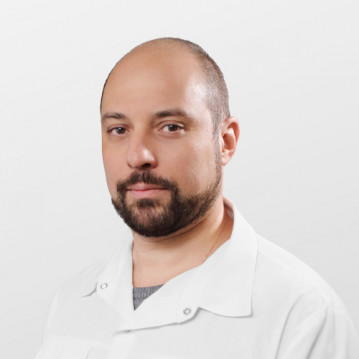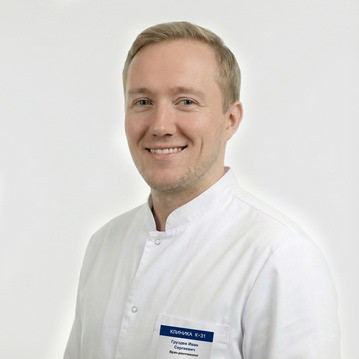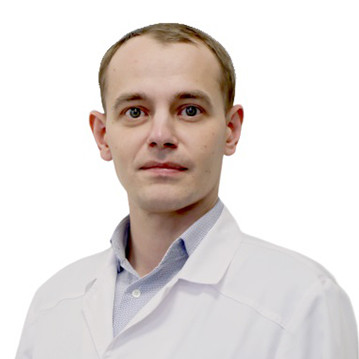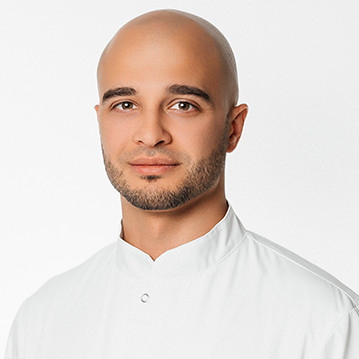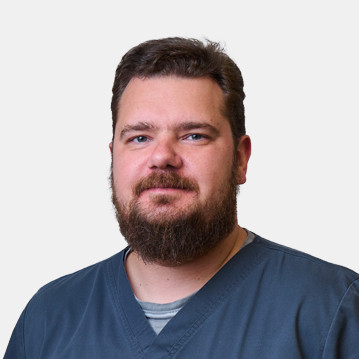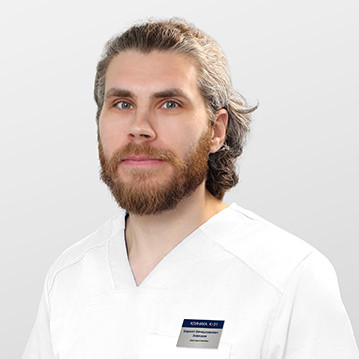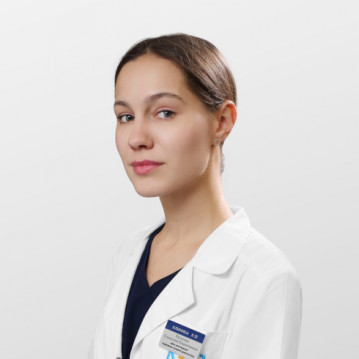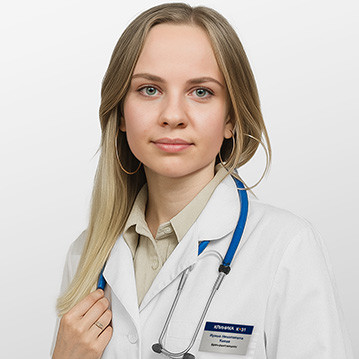The orbits of the eye are bony depressions in the front of the skull, where the eyes are located, as well as the nerve and muscle fibers connected to them. In case of maxillofacial bone injuries, injuries and pathologies of the organs of vision, a traumatologist or ophthalmologist may prescribe a computed tomography of the eyes to the patient.
CT is a highly informative non-invasive method for diagnosing pathological conditions and diseases of soft and hard bone tissues. X-ray examination is carried out on a multispiral computed tomography. The procedure is carried out according to the indications and prescription of a doctor no more than 1 time in 6 months. This is due to the radiation load exerted on the body.
Tomography of the eye: what is it?
CT of the orbit of the eye is a comprehensive study of the orbital area, which, depending on the problem, can be divided into:
- Eye CT. Includes study of the structure of the eyeball.
- CT of the eye orbits. It is necessary to carry out in case of injuries of the bones of the orbits and surrounding tissues.
- CT scan of the retina. It is prescribed for pathologies of vision.
- CT of the lacrimal ducts. It is carried out with pathologies of the lacrimal canals.
With targeted diagnostics, the doctor examines in detail a certain part of the eye, depending on the indications. A general examination shows the structure and disorders of the region of the eye orbits and is carried out at the initial visit of the patient.
With the help of computed tomography of the eye in one scan, you can visually determine:
- Condition of the eyeball, optic nerve and adjacent bones of the eye sockets and nose.
- The structure of muscle tissue.
- Injury area.
During the passage of X-rays, a contrasting black and white image is created on the tomograph screen. The CT technique is based on the visual difference in the rate of absorption of radiation by tissues of different density (healthy and pathological).
What does a CT scan of the eyeball show?
An X-ray of the orbit of the eye is prescribed to clarify the primary diagnosis in case of injuries or suspected pathologies, as well as for secondary diagnosis with an assessment of the regression of the disease. With the help of the study, the diagnostician can clearly determine changes in the structure of tissues, the shape of organs and developmental anomalies, as well as find out the cause of their development.
What does a CT scan of the eye show?
- Tissue pathologies of the organ of vision resulting from autoimmune diseases.
- Inflammatory processes in bone structures and soft tissues.
- Consequences of penetrating trauma (rupture of the cornea, retina, macula, damage to nerves, muscles or blood vessels).
- Eye diseases (glaucoma, diabetic retinopathy, exophthalmos).
- The presence of a foreign body.
- Circulatory disorders, vascular thrombosis, hemorrhage in the orbits.
- Neoplasms - benign and malignant.
- Degenerative processes of the optic nerve or muscles.
- Fractures of the bones of the orbit.
Multilayer computed tomography (MSCT) of the orbits allows you to establish an accurate diagnosis and determine the tactics of treating the disease, choose the method of surgical intervention or drug therapy. In case of an injury to the eye area, the doctor directs the patient for examination to determine the location of the damage and assess the consequences of the injury. If oncology is suspected, CT helps to differentiate the neoplasm.
Unlike MRI, computed tomography of the eyes allows you to thoroughly study the structure and features of dense bone structures. As a result of the examination, the doctor receives a series of layered images of the orbit in different projections.
In case of diseases and pathologies of the organ of vision, the ophthalmologist directs to the tomography of the retina. What it is? The study helps to diagnose:
- Rupture and detachment of the retina.
- Vitreoretinal traction.
- Breaks in the neuroepithelium.
- Damage to the pigment epithelium.
With the help of optical coherence computed tomography of the retina, the doctor can examine the fundus of the eye and determine even the smallest changes in tissues and blood vessels. Diagnosis is carried out on a special ophthalmological tomograph.

